Short take: Dell S6000 SDN switch
The humble switch is more important in today's world than you might think...

Dell's Dominique Vanhamme showed me a slide, in the course of introducing the new S6000 series PowerConnect switches, which claims an advantage to adopting this software defined networking (SDN) device in a data centre with "1,536 10GbE connections".
This will give you, as a hardened networking specialist, a sense of the scale at which Dell's new collaboration with VMware is operating. The S6000 is a 1U device. Its front panel is crammed with 10 or 40GbE connections and it very much fits physically and philosophically into the current vogue for designing data centres one rack at a time. That is, each rack has a switch in it, rather than a giant full-rack switch backbone device being the spider at the centre of an unmanageably vast web of physical cables strung over, under, around and behind the actual computers.
So I immediately started thinking: 1,536 - that's a funny number. If you assume that each S6000 can take 24 connections, it's 64 switches. I know, that's a very crude assumption, but, on the other hand, if there was an overwhelming advantage to both SDN and 10GbE as emerging standards, it is that they make the business of building and running data centres helpfully crude.
When you consider that each 10GbE connection probably has 20 separate VMs on the end of it (and it's not by any means maxed out by that population) then it could well turn the spiders web of Gbit interlinks suddenly into a nice disciplined 23 cables per rack (serving nearly 500 VMs) plus one to make a backbone crosslink: Just the interval between wrong cables being unplugged would justify this purchase in a high-risk, high-value corporate data centre.
Get the ITPro daily newsletter
Sign up today and you will receive a free copy of our Future Focus 2025 report - the leading guidance on AI, cybersecurity and other IT challenges as per 700+ senior executives
-
 Cleo attack victim list grows as Hertz confirms customer data stolen
Cleo attack victim list grows as Hertz confirms customer data stolenNews Hertz has confirmed it suffered a data breach as a result of the Cleo zero-day vulnerability in late 2024, with the car rental giant warning that customer data was stolen.
By Ross Kelly
-
 Lateral moves in tech: Why leaders should support employee mobility
Lateral moves in tech: Why leaders should support employee mobilityIn-depth Encouraging staff to switch roles can have long-term benefits for skills in the tech sector
By Keri Allan
-
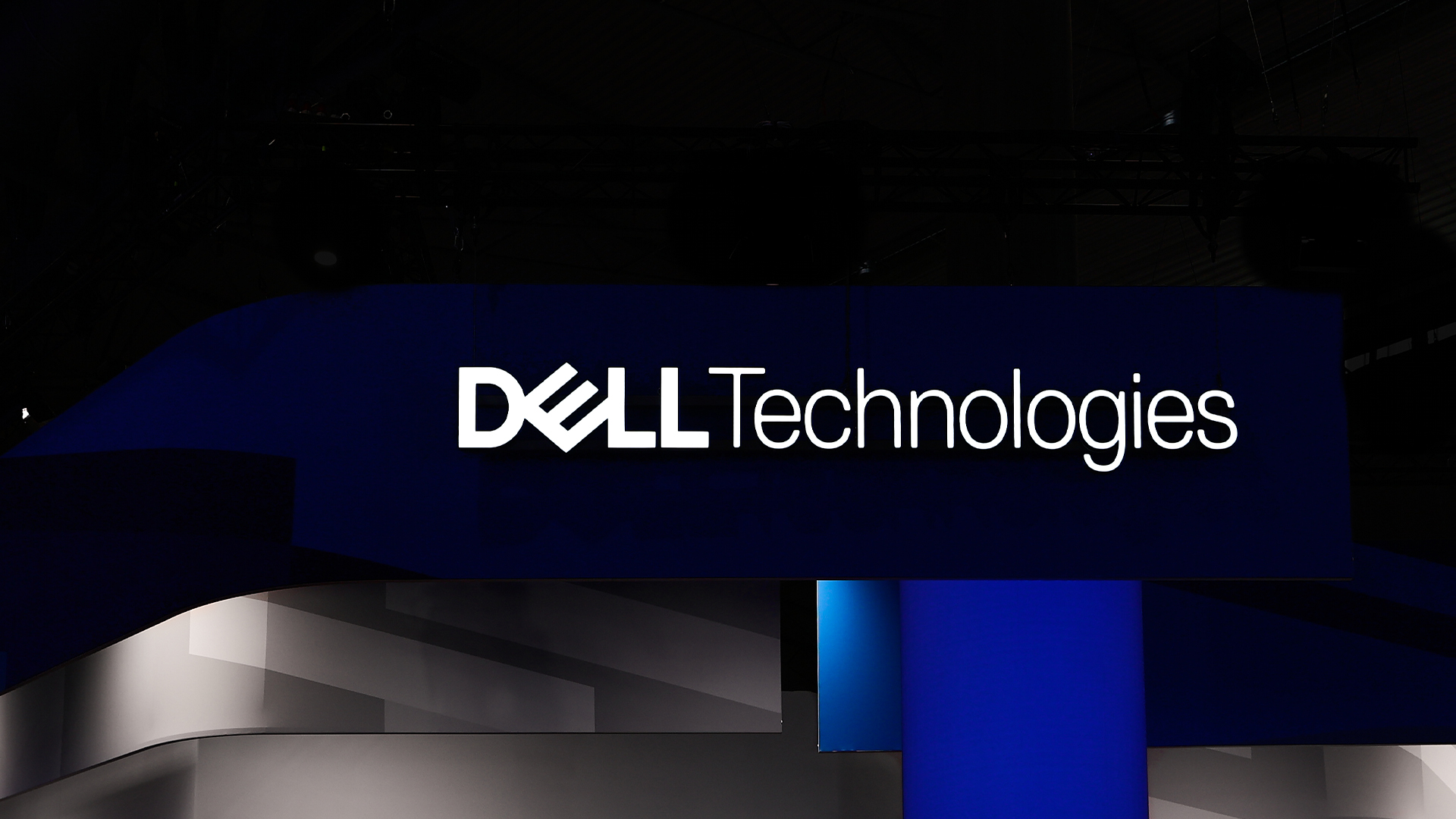 Scale of Dell job cuts laid bare as firm sheds 10% of staff in a year
Scale of Dell job cuts laid bare as firm sheds 10% of staff in a yearNews Dell Technologies’ workforce has reduced significantly in recent years, figures show, with headcount at the tech giant dropping by 10% in 2025 alone.
By Nicole Kobie
-
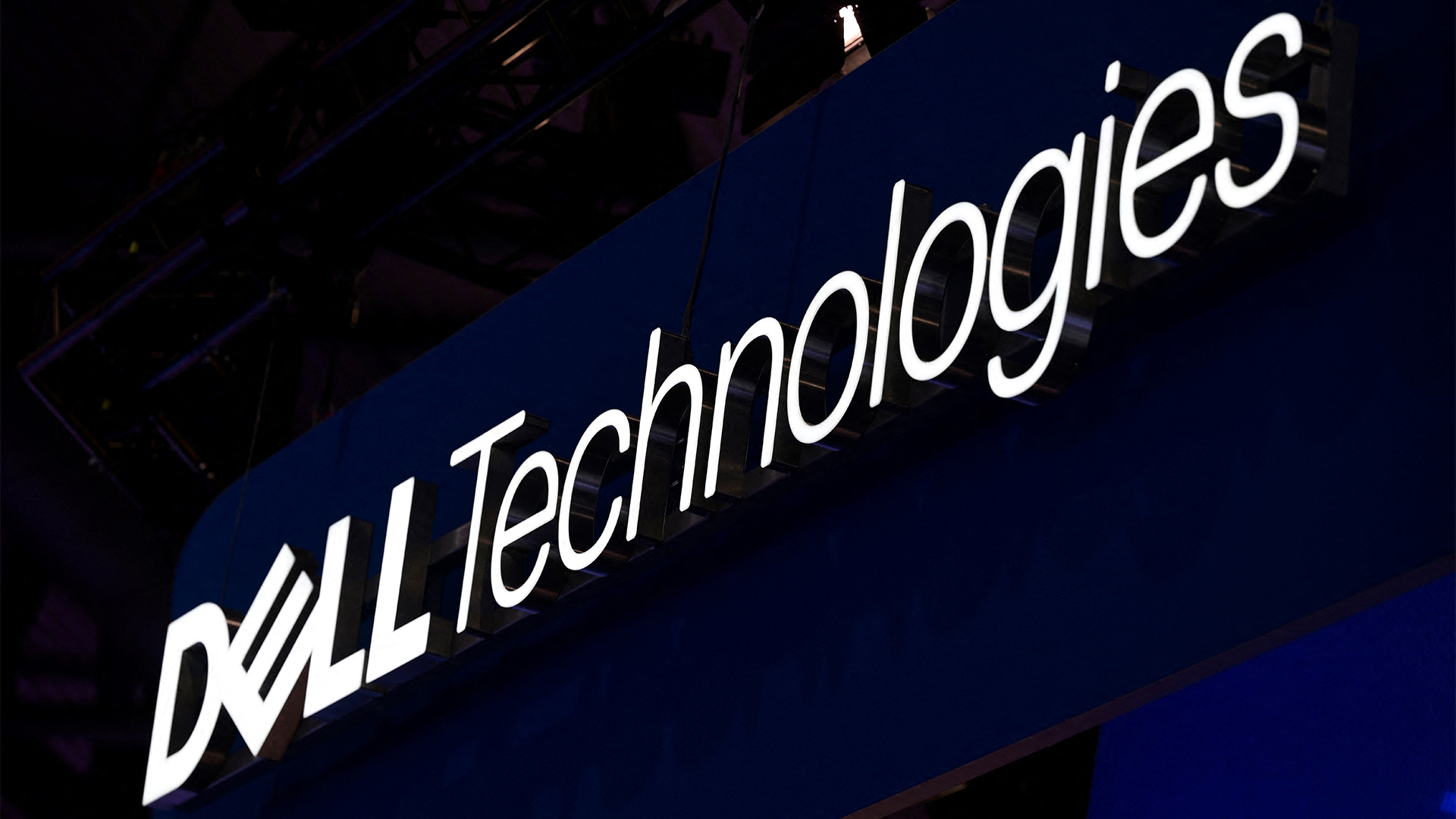 Dell Technologies just revamped its Partner Program for 2025 – here's what to expect
Dell Technologies just revamped its Partner Program for 2025 – here's what to expectNews Dell Technologies has unveiled its revamped Partner Program for 2025, offering a range of new incentives for partners.
By Emma Woollacott
-
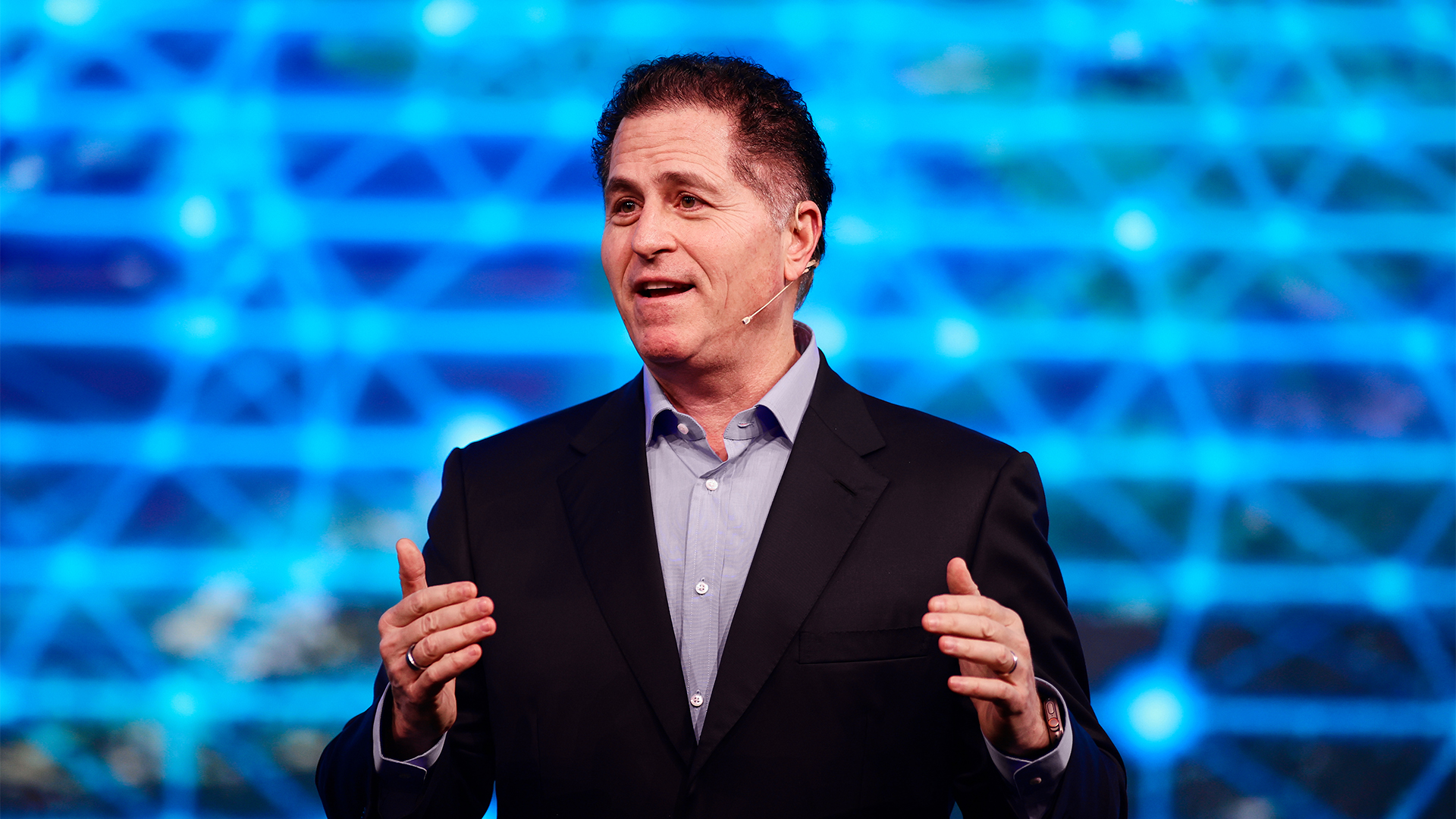 'Nothing is faster than the speed of human interaction': Dell orders staff back into the office as the company shakes up hybrid working practices
'Nothing is faster than the speed of human interaction': Dell orders staff back into the office as the company shakes up hybrid working practicesNews Dell Technologies has ordered staff to return to the office five days a week, according to reports, with some exceptions allowed for staff located too far from physical office sites.
By Emma Woollacott
-
 Meta layoffs hit staff at WhatsApp, Instagram, and Reality Labs divisions
Meta layoffs hit staff at WhatsApp, Instagram, and Reality Labs divisionsNews The 'year of efficiency' for Mark Zuckerberg continues as Meta layoffs affect staff in key business units
By Ross Kelly
-
 Business execs just said the quiet part out loud on RTO mandates — A quarter admit forcing staff back into the office was meant to make them quit
Business execs just said the quiet part out loud on RTO mandates — A quarter admit forcing staff back into the office was meant to make them quitNews Companies know staff don't want to go back to the office, and that may be part of their plan with RTO mandates
By Nicole Kobie
-
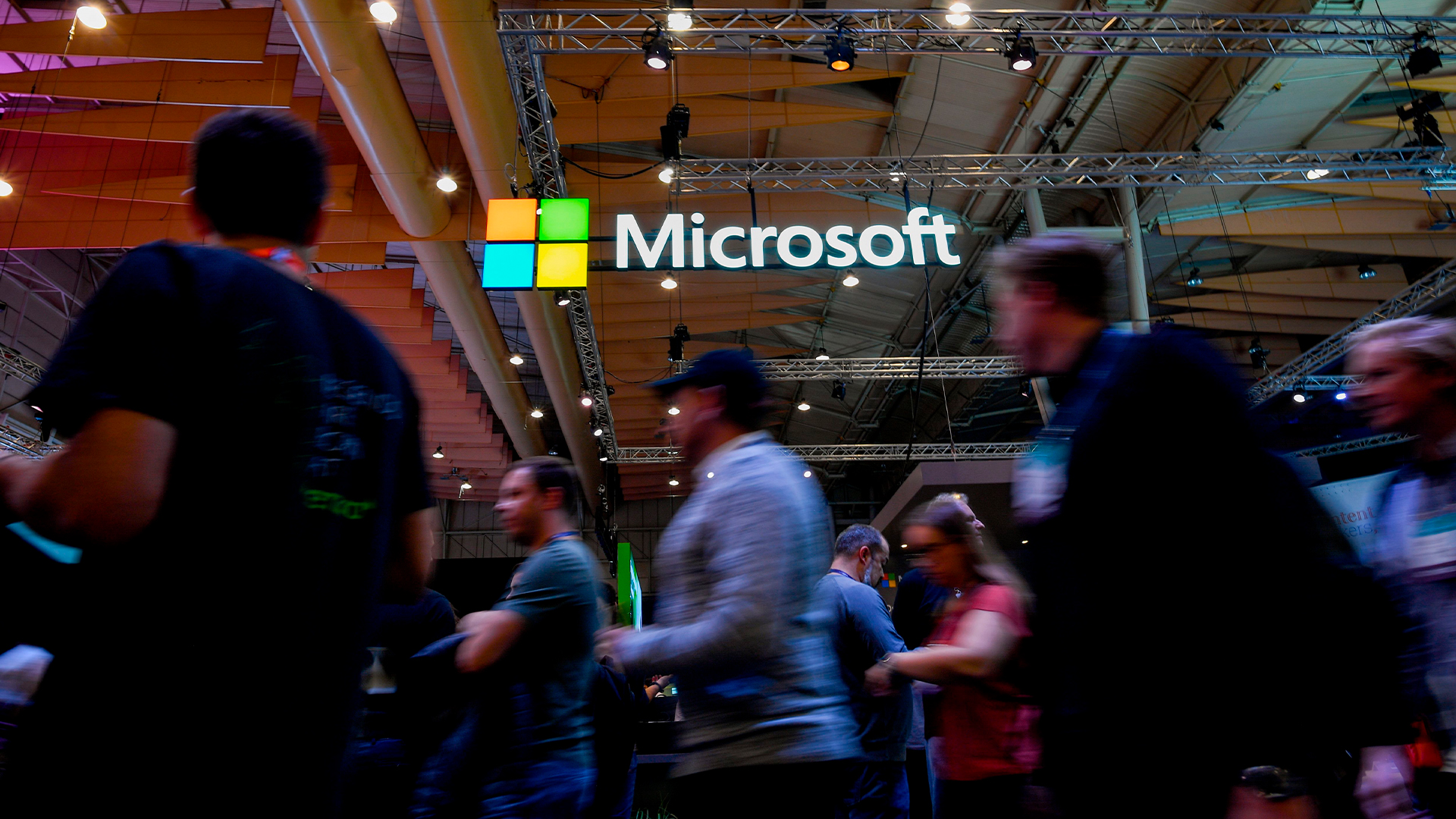 Microsoft tells staff it won’t follow Amazon or Dell on enforcing a return to the office – but there’s a catch
Microsoft tells staff it won’t follow Amazon or Dell on enforcing a return to the office – but there’s a catchNews While other big tech companies are forcing reluctant workforces back into the office, Microsoft isn’t following suit
By George Fitzmaurice
-
 Amazon workers aren’t happy with the company’s controversial RTO scheme – and they’re making their voices heard
Amazon workers aren’t happy with the company’s controversial RTO scheme – and they’re making their voices heardNews An internal staff survey at Amazon shows many workers are unhappy about the prospect of a full return to the office
By Ross Kelly
-
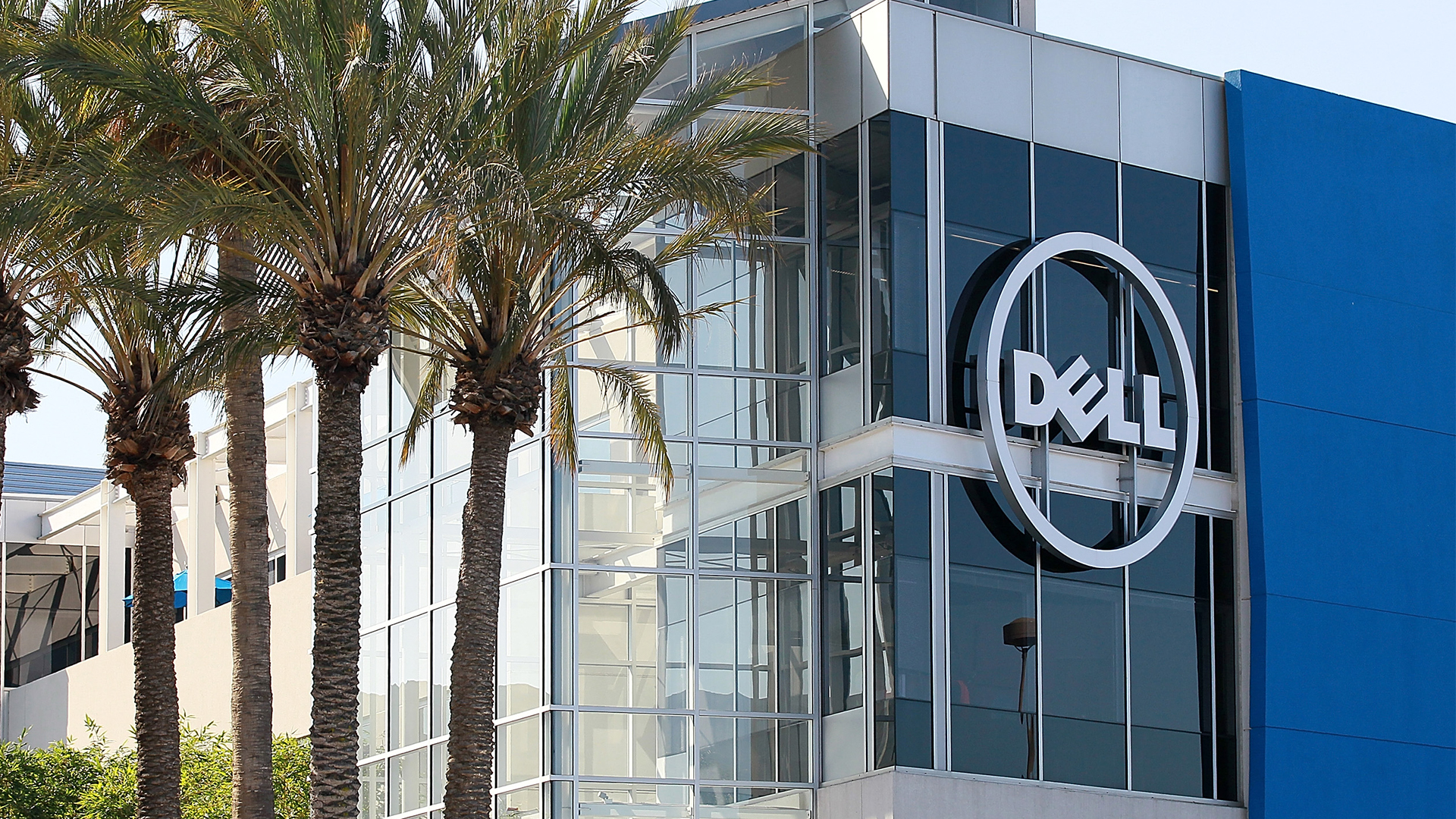 Predicts 2024: Sustainability reshapes IT sourcing and procurement
Predicts 2024: Sustainability reshapes IT sourcing and procurementwhitepaper Take the following actions to realize environmental sustainability
By ITPro